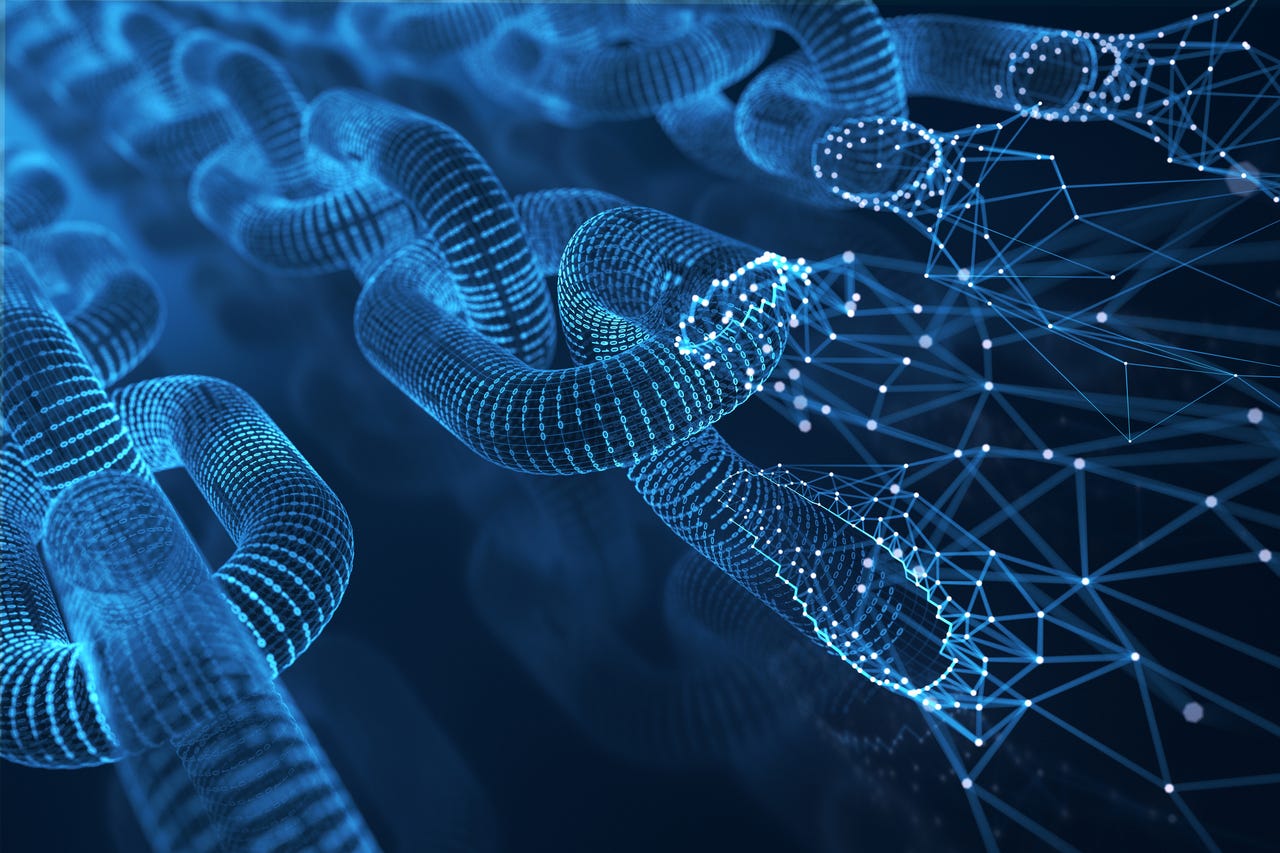
The traditional artificial intelligence that grew up over the past decade crunched numbers — seeking out patterns and providing predictive analytics based on likely probabilities. Enter generative AI which, among its many capabilities, provides a gateway to numerical AI predictions and observations, opening up possibilities for highly interactive verbal inquiries.
Also: This year’s top 8 use cases for AI, and what tech pros need to support them
Generative AI helps open the formerly very obscure black box of AI for a range of enterprise functions, and may even help close the divide between operational and information technology, says Peter Zornio, senior VP and CTO for Emerson. I recently caught up with Zornio in New York, where he explained how generative AI and numerical AI represent two ends of a continuum. The two variations are based on numerical models and language-based models.
The technical foundation of the two AI variations is the same, he says, but how we work with them is different. “The numerical-oriented production models are based on datasets of numbers,” he explains. “The language models use datasets based on zillions of documents, images, and other stuff.”
Now, he says, these two ends of AI are converging, opening up new realms for the traditional behind-the-scenes aspect of traditional AI. “We’re seeing the two being used together,” says Zornio. “In industrial settings, we would use language-based models as a way to interface with the numerical-based models that we already have. So can you imagine an operator saying something like, ‘Hey computer, why is production on this unit slowing down? And what can I do to adjust it?'”
This has immense productivity and time-saving implications, he continues. “It’s a natural way to interface. That’s how you might talk to a 30-year expert at the company, right? You might ask Fred in engineering: ‘What’s happening?’ Then Fred would go look at all the trends in production, and he would eventually come back and tell you, ‘Well usually, when this s going on, what’s happening is you’ve got fouling of the catalyst, and here’s what you need to do. You probably need to stop and do a regeneration.'”
Also: GPT-4 Turbo reclaims ‘best AI model’ crown from Anthropic’s Claude 3
Human talent is essential, and what Fred in engineering is doing is “using his model that he built in his head from running that place for 30 years,” Zornio says. Generative AI picks up on that work, interfacing with numerical-based AI involves talking to a computer the same way as to an expert engineer, employing scientific deduction. It also is capable of “looking at the last five years of operations, trying to find a scenario where the exact same set of circumstances would pattern-match to a very similar production sort of imprint. And that imprint would say, ‘Well, what do we do?’ This is what Fred would be thinking: ‘Last time this happened, we did this.'”
Finally, Zomio says, the AI “would go through and find all those different scenarios, look at the responses, and tell you: ‘Here are three actions that in the past generated the best results to solve the problem.'”
This end-to-end AI approach offers “a great way to build a product support system, where you take all your manuals, all your interactions with your support people, and put them into a system that you can then ask questions about the product,” says Zornio.
Also: AI taking on more work doesn’t mean it replaces you. Here are 12 reasons to worry less
There are applications across all lines of discrete and process manufacturing, from petrochemicals to automaking. Think of the winemaking industry, which also stands to benefit from end-to-end AI, Zornio notes. Winemakers with well-sensored fields and storage vats could ask questions such as “why was this year’s wine so much better than last year’s wine?” The AI could review “key indicators such as temperature, sugar content, grape acidity, and length of fermentation. What’s the soil condition? What’s the moisture condition? How much sun was there? How much rain?”
In many ways and across many industries, AI will act as an assistant — and “a great way to interact and query the models that you have,” Zornio points out. “They may be more data-generated — generated from numerical kind of data — but you could also see scrubbing like the operator logbook. Because every time something happens, operators write it down. And if you input all of those, then you could ask: ‘Where did this happen before in the operator logs?’ Or ‘What was done to resolve the problem?'”
Also: The best AI chatbots: ChatGPT isn’t the only one worth trying
This also requires greater collaboration between two sides of the house that tend to have been divided — operational technology and information technology teams. Data is where this cooperation starts. IT and OT teams need to rationalize data “of all different formats, from different manufacturers,” Zornio explains. “Historically, there’s not a lot of love between the two organizations. Because the operations people have their own systems built in to do all this. And they have very different ideas how to implement and use it. Some more enlightened ones have tried to provide more integration, but — going forward — there’s going to have to be greater collaboration between the two.”
That’s why, Zomio urges, “we need to design an architecture that enables the data to pull more seamlessly from the OT world into the IT world and back. Especially if we talk about using AI systems that may be in the cloud. It will be OpenAI or other language-based AI models that everyone will be interfacing.”




















+ There are no comments
Add yours